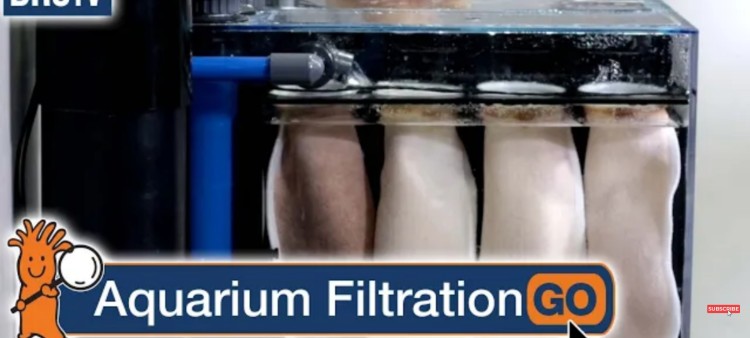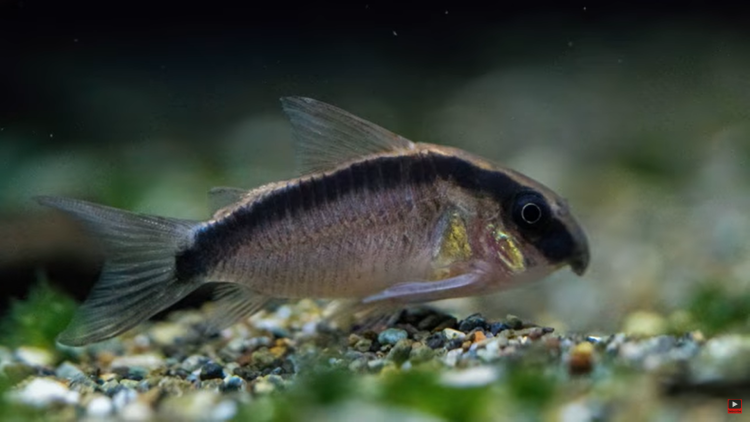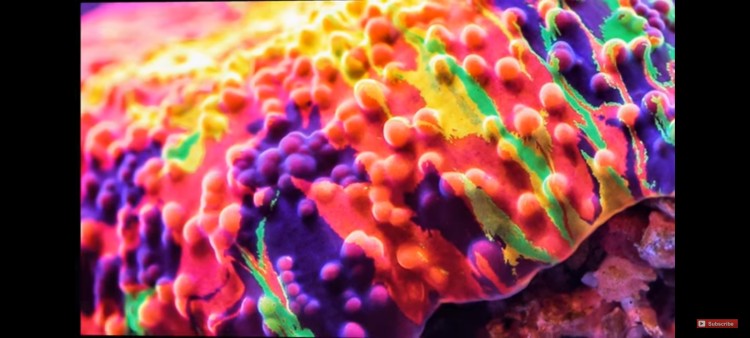What are The Three Types of Aquarium Filtration?
- Jul 24, 2022
- Anshika Mishra
- 278 0 0

What are the three types of aquarium filtration?
Aquarium Filteration
Aquariums require filtration; that's pretty common knowledge, even for people who have never had an aquarium. But, there are three different types of aquarium filtration:
- Mechanical
- Chemical
- Biological
This is the specific order they should be in as water passes through them.
Mechanical Filteration
Mechanical filtration is any filter media designed to trap and hold solid waste. Sponge or foam pad, filter flaws, filter socks, and fleece sheets, to name a handful of examples, are all forms of mechanical iteration that are designed to trap and hold solid waste from the water, so you can easily remove it from the tank by throwing it away, or rinsing it out and then reusing it.
Doing so will remove that waste before it begins to break down into harmful substances like Ammonia. You'll also keep the water looking visually clean by removing those little bits of waste and debris that would otherwise be floating inside the aquarium.
Mechanical filtration can also come in the form of protein skimmers which can remove liquid and microscopic waste from saltwater through foam fractionation processes. This uses bubbles to attract hydrophilic proteins and particles away from the water, drying them up and into a collection cup that you can dump out periodically.
Chemical Filtration
Chemical filtration is any filter media designed to trap or remove different types of chemical compounds.
Aquarium carbon usually comes to mind when most people think about chemical media. Since it is often included with aquarium filters, it can remove things like smells from the water and other unwanted compounds.
There are many types of chemical media, though the Granular Ferric Oxide of GFO is fantastic for removing phosphate. And specialty media like the ion exchange resin beads for eliminating all types of different contaminates.
Chemical filtration is handy for treating issues that pop up or even as a preventive measure. But it isn't strictly necessary for day-to-day filtration.
Biological Filtration
Biological filtration comes in many forms. It refers to any method of filtration that utilizes natural biological processes to remove or convert the organic waste in the aquarium that the inhabitants produce.
When we feed the aquarium, that food goes into our fish and comes out as waste. And any food that isn't eaten also comes out as waste. So the fish that perish also turn into garbage, then quickly break down into Ammonia.
Ammonia is incredibly toxic and can quickly cause your fish, inverts, or coral to suffer and even perish even at a low level.
Thankfully, we can introduce an army of beneficial bacteria that will happily convert Ammonia to nitrate in a process known as the nitrogen cycle. These bacterias like to live on the surfaces or specifically made biological media that is often some form of center glass, limestone, lava rock, or ceramic that can be added to an aquarium filter.
These microscopic bacteria will live on and within the media and, once established, will be virtually self-sufficient and create the foundation of your aquarium's ecosystem. Keeping the water free of harmful Ammonia.
There are also other forms of biological filtration that utilize bacteria to help keep other potentially harmful nutrients under control. Bio pellet reactor and liquid carbon dosing are the most common.
You can also use the power of algae and macroalgae in a refugium to help uptake those excess nutrients. This is also an utterly biological solution that can help provide shelter for arthropods and cocopods to proliferate, which not only graze on eh biofilm and algae but also act as an all-natural food source to help feed the aquarium.
Understanding the Water Flow
When you are stacking this media inside a filter, water typically passes through them in a specific order, and there's a good reason for that.
First, the water will pass through the mechanical filtration to remove any physical debris or waste, preventing any waste from clogging up the chemical and biological media. If they get clogged, they would work much less efficiently and would require cleaning more often.
Next, water travels through the chemical media, removing other unwanted compounds before it finally reaches the biological media, where the physically and chemically cleaned water can easily travel through the tiny network of open pores in that bio-media, giving the bacteria inside of it access to any available ammonia in the water so they can quickly convert to much less harmful nitrate.







About author